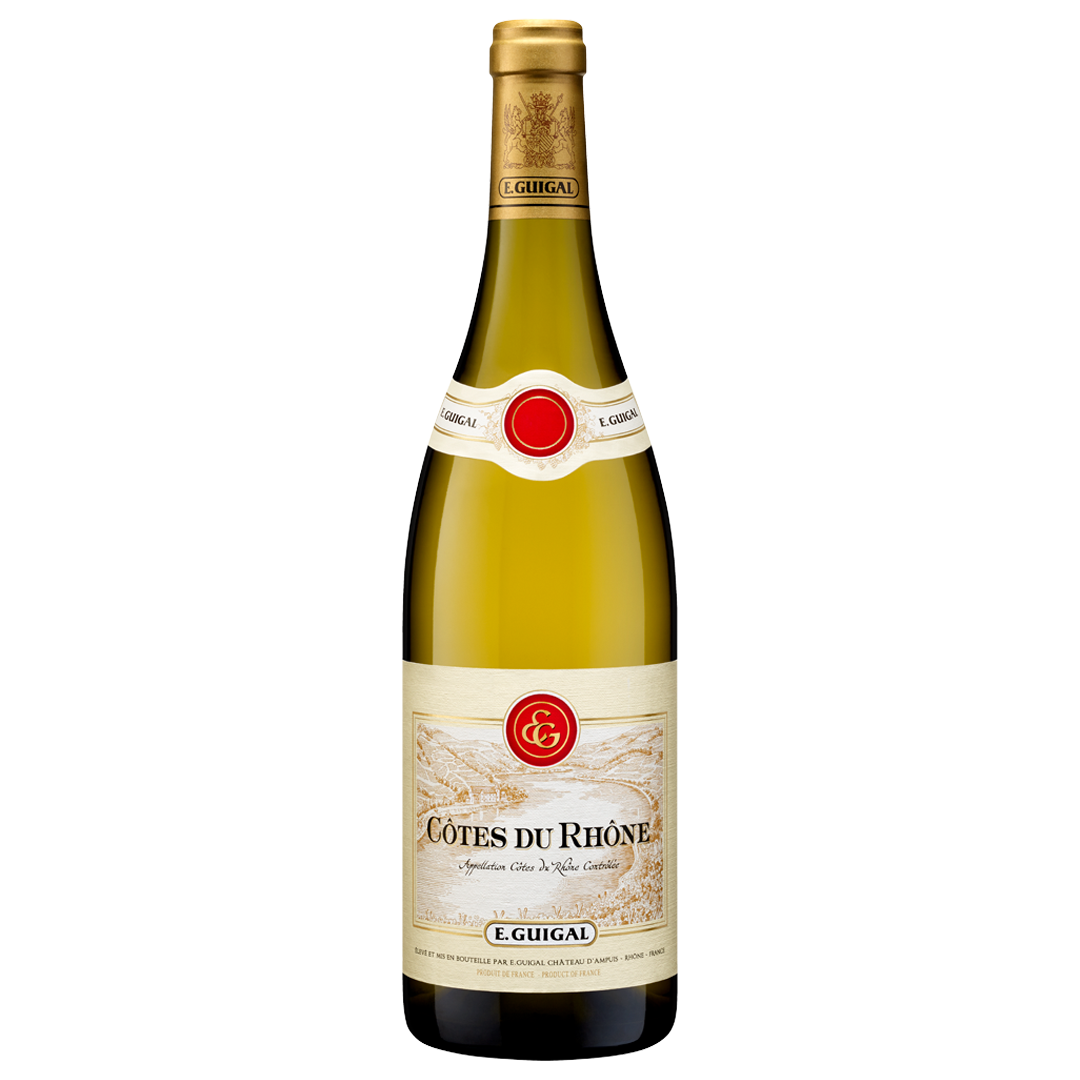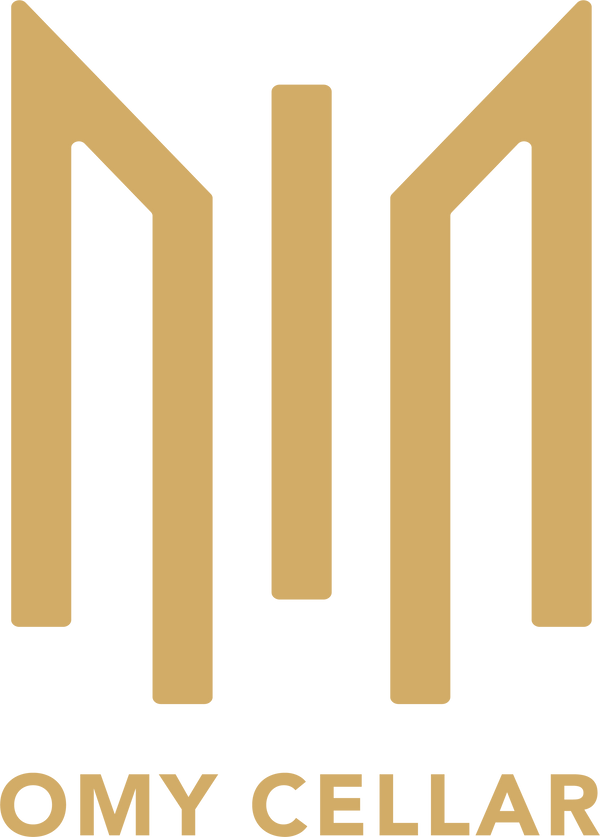E. Guigal Cote Du Rhone Blanc 2023
E. Guigal Cote Du Rhone Blanc 2023
國家: France
區域: Rhone Valley
數量: 750ml
Winery Background and History
E. Guigal is a family estate founded in 1946 by Étienne Guigal in Ampuis, located in the heart of the Northern Rhône Valley in France. The estate gained early renown for its Côte-Rôtie, Hermitage, and other celebrated Rhône appellations. After Étienne’s unexpected disability, his son Marcel Guigal took over in 1961, followed later by Philippe Guigal. Over decades, the family invested in both vineyard quality and winemaking technology, expanding its reach across the entire Rhône region while maintaining high standards. Guigal has become one of the benchmark producers in the Rhône Valley, known for both its red and white wines.
Producer and Wine Maker
The producer is Établissements Guigal. Philippe Guigal is the current winemaker leading the creation of this wine. Under his stewardship, Guigal has emphasized expressive fruit, terroir character, and balance. Guigal employs growers across the region, sourcing grapes from diverse sites with different soils. Philippe oversees the blending and vinification processes, ensuring that each vintage’s conditions are reflected in the wine’s aromatics, structure, and overall balance.
Vineyards and Micro Climate
The vineyards supplying this wine include older vines (averaging around 25 years or more) planted on soils that are sedimentary with limestone and granite, with some alluvial deposits. The microclimate in this part of the Southern Rhône is influenced by hot summers and relatively cooler nights, which help retain acidity and freshness in white varietals. Drought and dry winters occasionally stress vines, but such stresses often amplify aromas and concentration where vine health is managed.
Vinification & Aging Methods
After harvest, fermentation is carried out at low temperature in stainless steel tanks to preserve crisp fruit and aromatic purity. There is no wood aging; the wine is aged for approximately nine months in stainless steel before bottling. Temperature control is rigorous throughout fermentation and aging to avoid oxidation and to retain freshness.
Tasting notes
Medium gold-yellow in appearance. On the nose, expressive aromas of white flowers, acacia, apricot, and white peach emerge, with citrus zest and notes of honeyed almond and minerality. The palate is fruity and rich yet balanced, showing body and creaminess without being heavy. Dry with a subtle texture, slightly oily in finish after some air exposure. Crisp acidity gives the wine structure; the finish is elegant, extended, balanced.
Food & Wine Pairing
Pairs well with shellfish (scallops, lobster, crab), grilled shrimp and fish, seafood pastas, and gentle fish stews. Also good with poultry in cream sauces, herb-roasted chicken, or pork with mild or fruit-accented sauces. Vegetables in creamy or mild cheese sauces, risottos, roasted root vegetables or polenta also work. Cheese pairings: soft cheeses such as Brie, Camembert, aged cheese like Comté, Ossau-Iraty, or goat cheese.
Service Methods and Temperatures
Serve slightly chilled, ideally between 10-12 °C. Use a standard white wine glass to allow aromatic expression. Decanting is unnecessary; allowing the wine to breathe for a short time (15-20 minutes) after opening may help lift its aromatics. Keep cork moist, serve in clean glasses; avoid overly cold storage during service so aromas aren’t muted.
Storage and Aging Potential
Best consumed within 3-5 years of vintage to enjoy its freshness and fruit character. It can age a bit longer (up to ~7 years) under excellent conditions (cool, steady temperature ~10-14 °C, low light, proper humidity) where mineral and structural elements may develop more nuance. But it is not built for very long aging; its appeal lies in vibrancy and aroma.
Grape Varietals & percentage used
Viognier ~ 60 %
Roussanne ~ 15 %
Marsanne ~ 10 %
Clairette ~ 8 %
Bourboulenc ~ 5 %
Grenache Blanc ~ 2 %
ABV (Alcohol by Volume)
14 %
Scores
-
James Suckling: 90
無法載入取貨服務供應情況
有 120 件庫存
查看完整資訊

